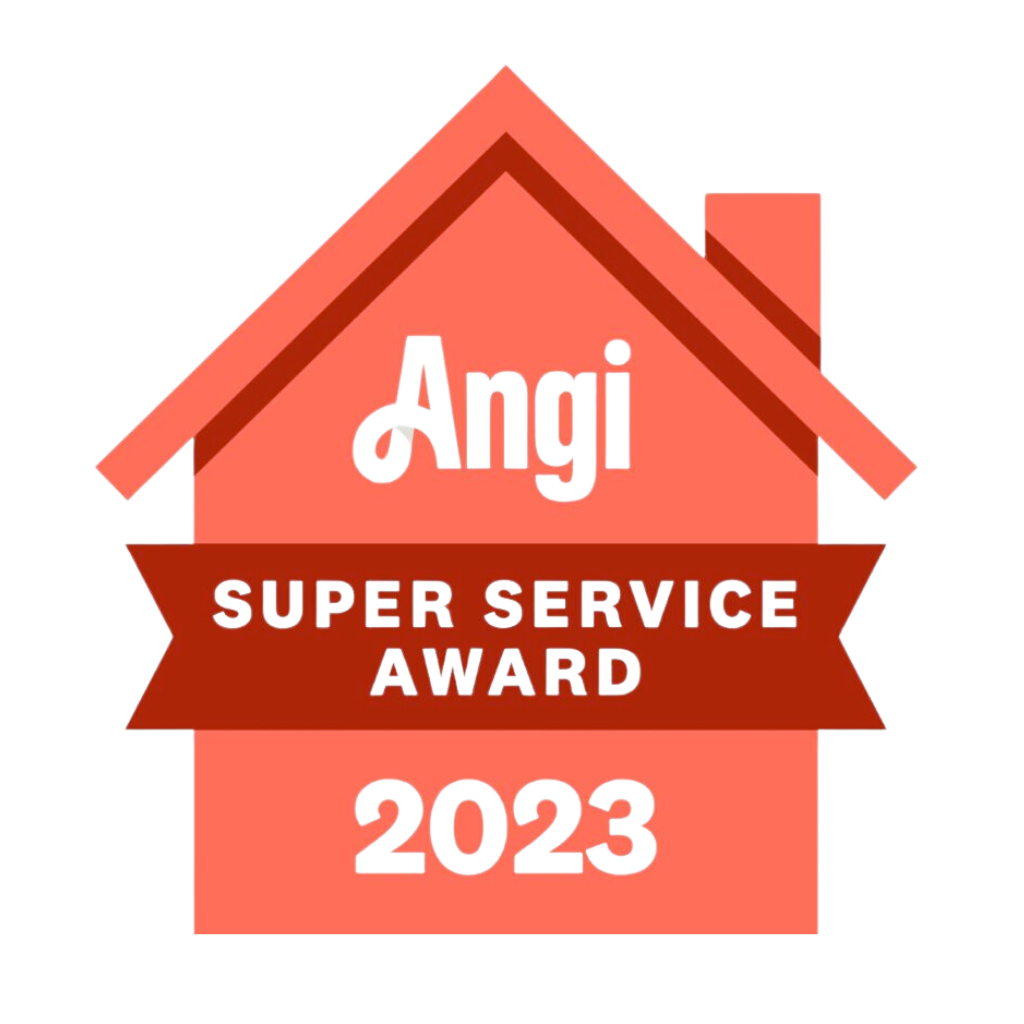The pilot light is a small flame that ignites the gas burner on a furnace. It ensures your furnace is ready to produce heat as soon as a call for heat occurs. If your pilot light won’t stay lit on furnace, your home won’t get warm on cold days. Understanding common causes and solutions will get your furnace running properly again, solving pilot light problems.
What Causes Pilot Lights to Go Out?
There are several key issues that can prevent the pilot light from remaining steadily lit. The small flame is vulnerable, and having proper conditions for it to sustain combustion is imperative. Factors like gas pressure, venting, component wear, and cleanliness all impact pilot operation.
Drafts and Insufficient Ventilation
Proper ventilation around the furnace is vital. Drafts from outside, or blockages in vent pipes, allow cold air to reach the pilot light flame and blow it out. Inspect nearby doors, windows, and pipes to fix leaks and obstructions.
Dirty Thermocouple
The thermocouple is the component that senses the pilot flame. It extends into the flame path, where the heat transfers to the internal thermoelectric material to generate a small electrical voltage. This voltage signals to the gas control valve that the pilot light is indeed lit, so gas should continue flowing.
Over time, the thermocouple can become coated in dust, dirt, or debris in the dirty pilot opening surrounding the pilot burner. These contaminants provide an insulating effect, slowing heat transfer to the thermocouple sensor. If not hot enough because of this interference, the thermocouple won’t produce a high enough electrical signal to tell the gas valve the pilot is lit. So the valve shuts off the gas supply, extinguishing the flame.
Carefully clean the thermocouple using an abrasive sponge or emery cloth. Gently rub the surface to remove any dirt, corrosion, or oxides that have built up over years of exposure to combustion byproducts.
Faulty Thermocouple
If the thermocouple is corroded or cracked from age and wear, it requires replacement. Thermocouples operate in a harsh environment, extending into the flame path where they are subjected to high temperatures. Over 5-10 years, corrosion and material degradation can occur. Small cracks in the body or ceramic insulator expose the internal electrical wiring to the environment, affecting the reading.
Gas Valve Issues
The gas valve controls the flow of gas to the furnace burner and pilot light assembly. Sticking valves fail to register that the pilot is actually lit, so they shut off the gas supply as a safety precaution. This sticking can occur due to corrosion, dirty contacts, or mechanical problems.
First, try pressing the reset button on the gas valve if your model is equipped with one. This may get the contacts unstuck. If that doesn’t work, you’ll likely need to replace the gas control valve. Installation is usually straightforward, but you do need to disconnect the gas line safely, isolate the furnace electrically, disconnect any sensor wiring, and mount the new valve according to manufacturer specifications.
Moisture Buildup and Rust
Leaks allow moisture to accumulate on the pilot assembly and thermocouple, preventing proper operation. Rust damage also necessitates replacing affected parts.
Clogged Gas Line or Orifice
Buildup inside the gas line or at the pilot orifice can reduce gas flow below what’s required to sustain the flame, causing pilot light issues. Professionally clean the components or call an HVAC technician if problems recur.
Drafts and Ventilation Problems
Why Ventilation Matters
The area near the furnace must be properly ventilated. Outside air leaking inside, or ventilation pipes blocked, allows cold drafts to reach the pilot flame. These small gusts or strong drafts can repeatedly extinguish the flame before the thermocouple has time to react and close the gas valve, causing serious pilot light problems.
Finding the Source of Drafts
Inspect for leaks near doors, windows, vents, and ductwork, allowing chilly outdoor air into the furnace area. Close major gaps with weather stripping. Look for blockages in exhaust and intake pipes that obstruct ventilation. Remove nests, debris, or ice plugging the flues.
The Thermocouple Explained
This temperature-sensing component extends into the pilot flame path. When heated, it produces a small electrical signal. If this signal stops for about 60-90 seconds because the flame goes out, the gas valve automatically closes to prevent a dangerous gas leak.
Clean Carefully
Use a soft abrasive pad or emery cloth to gently scrub away dirt, corrosion, or oxides coating the thermocouple. These deposits insulate the metal, slowing heat transfer to its interior and interfering with proper operation. Avoid bending or repositioning the component.
Faulty Thermocouple Replacement
Signs of Failure
If the thermocouple is over ten years old, it may simply have reached the end of its reliable lifespan. Inspect closely for cracks in the body, electrical connector, or ceramic insulator exposing the internal wire. Severe corrosion also necessitates replacement.
Testing the Thermocouple
Use a multimeter switched to the millivolt setting to measure the thermocouple. You should get about 15-30 mV. Carefully heat the tip with a propane torch while observing the reading. If it fails to rise, the thermocouple is defective.
Installation Best Practices
Screw the new thermocouple in tightly by hand, then give it an additional quarter turn with pliers to prevent leaks. Use the factory crimped connectors to reconnect the wiring, avoiding loose splices.
The Logan Difference
At Logan A/C & Heat, we strive to provide the best possible service for our valued customers. As a family-owned and operated business, we truly care about each client we work with. All of our HVAC installers complete extensive training and follow a comprehensive checklist signed off by an experienced installation manager to guarantee quality work. Before each appointment, we ensure technicians have all the necessary parts to complete the project without delay or additional visits.
We maintain open communication to explain what we’re doing and set expectations. After finishing, we also do a thorough walkthrough to cover system operation so homeowners can stay comfortable without worry. Our goal is 100% customer satisfaction through expertise, care, and attention to detail. That’s the Logan Difference!
Frequently Asked Questions (FAQs)
What if my furnace pilot light keeps going out after lighting?
Frequent re-lighting usually points to an underlying issue like a faulty thermocouple or gas valve not sensing the small flame. It’s best to have an HVAC technician inspect for problems.
Why does my pilot light go out when the furnace runs?
If the flame only extinguishes when the furnace cycles on, it likely indicates an issue with adequate gas supply, combustion air, or vent blockages when operating at full capacity. An HVAC pro should diagnose the root cause.
How do I light my pilot light if it goes out?
First, rotate the gas control valve to “pilot” and press the reset button if equipped. Hold a long fireplace lighter or match at the pilot opening for about 60 seconds or until it stays lit. Then, switch the gas control valve to “on.” Never strike a match directly next to the pilot.




















